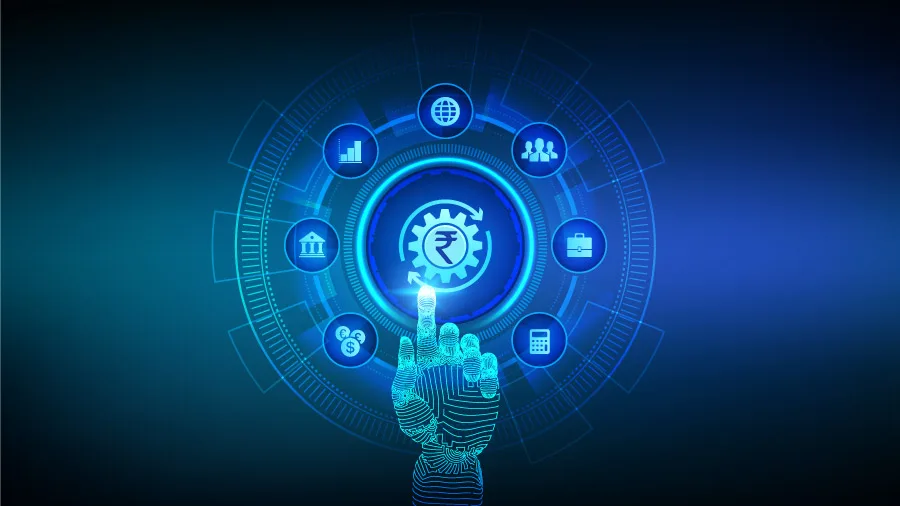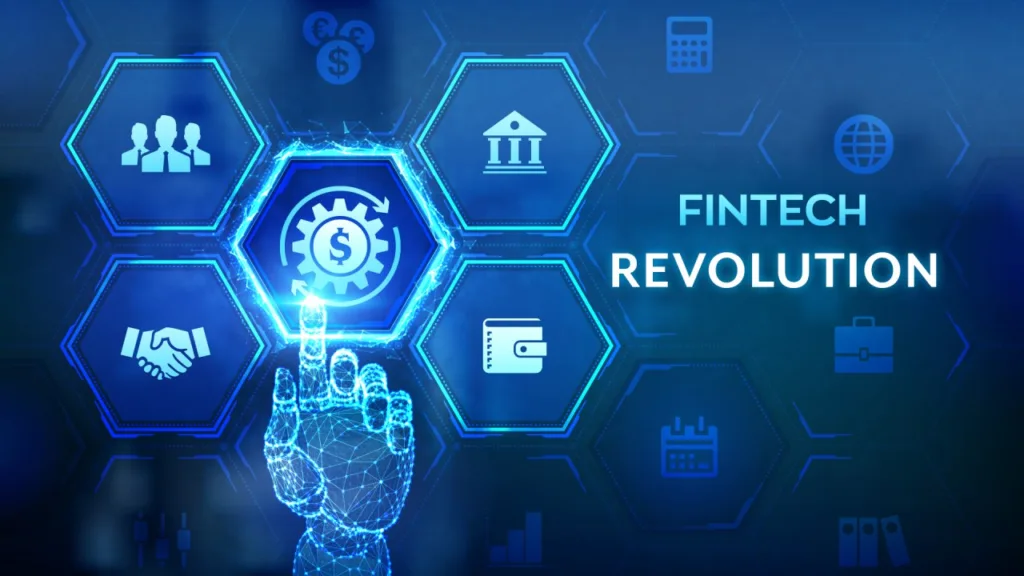
The way money moves is changing faster than ever. From swiping cards to tapping phones, digital payments have evolved from a convenience to an essential part of global commerce. The pandemic only accelerated this shift, pushing billions of consumers and merchants online almost overnight.
For traders and investors, Fintech evolution isn’t just about new technology—it’s about a financial ecosystem being reshaped in real time. As fintech firms scale rapidly and traditional payment giants adapt, digital payments remain one of the most dynamic, competitive, and opportunity-rich sectors in the market.
The Rapid Shift from Cash to Digital Transactions
Over the past decade, cash has steadily lost its dominance as consumers and businesses have embraced digital payment solutions. Mobile wallets, QR code systems, and instant bank transfers have turned what was once a niche convenience into a mainstream necessity.
The COVID-19 pandemic acted as a major catalyst—contactless payments surged as health concerns discouraged cash handling, and e-commerce platforms experienced record growth.
Emerging markets are playing a particularly important role. In countries like India, Brazil, and parts of Southeast Asia, government-led initiatives and smartphone penetration have leapfrogged traditional banking infrastructure. Meanwhile, in developed economies, credit card networks, payment apps, and “Buy Now, Pay Later” services have intensified competition among fintech providers.
For traders, this shift signals more than just a change in consumer behavior. The move to digital creates recurring transaction revenue, strengthens data analytics capabilities, and sets the stage for further innovation—such as integrating payments into social media, gaming, and even the metaverse.
Major Players and New Entrants Reshaping the Sector
The digital payments landscape is a mix of established giants and nimble challengers, creating both competition and innovation. Traditional leaders like Visa and Mastercard continue to dominate transaction processing globally, leveraging massive networks and brand trust.
PayPal and Block (formerly Square) have expanded beyond basic payments into merchant solutions, buy-now-pay-later services, and peer-to-peer transfers, positioning themselves as platforms rather than just payment processors.
At the same time, new entrants are reshaping the sector with local expertise and innovative solutions. UPI in India enables instant bank-to-bank transfers, fueling a surge in digital adoption. M-Pesa in Africa transformed mobile payments in regions with limited banking access. Even regional fintech startups are gaining traction by embedding payments into super apps, social media platforms, or e-commerce ecosystems.
Partnerships between fintechs and banks, retailers, or technology platforms are also accelerating growth. Legacy banks are collaborating with startups to digitize services, while large tech firms experiment with payment offerings to capture data and expand user engagement.
This combination of established infrastructure and agile innovation makes the sector highly dynamic, offering both short-term trading opportunities and long-term growth potential for investors.
Key Drivers Keeping Digital Payments Attractive
- Regulatory Support and Open Banking Frameworks
Governments worldwide are encouraging digital payments through supportive regulations and initiatives. Open banking frameworks allow fintechs to securely access banking data, enabling innovative payment solutions, seamless transfers, and competitive offerings that were not possible under traditional banking systems.
- Rising E-Commerce and Mobile-First Ecosystems
The exponential growth of online shopping and mobile-first economies has created a strong demand for quick, convenient, and reliable payment options. Digital wallets, one-click checkouts, and mobile banking apps are now integral to user experience, making payment providers essential partners for retailers and e-commerce platforms.
- Shift Toward Embedded Finance and Super Apps
Payments are increasingly being integrated directly into non-financial platforms, such as social media, ride-hailing, and gaming apps. This embedded finance trend turns every transaction into a potential revenue stream, driving adoption and expanding fintech reach beyond traditional banking channels.
- Advances in Cybersecurity and Fraud Prevention
Trust is a major factor in digital adoption. Innovations in fraud detection, encryption, and AI-driven risk assessment have strengthened security for both merchants and consumers. Strong cybersecurity not only protects users but also boosts confidence in the sector, supporting sustainable growth.
What Traders and Investors Should Watch Next
Digital payments remain one of the most dynamic sectors in fintech, but investors must track the right signals to navigate volatility and capture opportunities.
- Central Bank Digital Currencies (CBDCs)
Governments worldwide are exploring or piloting digital versions of their currencies. CBDCs could reshape how payments are processed, reduce transaction costs, and introduce new competition for traditional digital wallets. Traders should monitor pilot programs and regulatory announcements to anticipate shifts in market dynamics.
- Mergers, Acquisitions, and Strategic Partnerships
Consolidation is accelerating as fintech firms seek scale and banks look to modernize. Acquisitions can create market leaders overnight, while strategic partnerships often open access to new customer bases. Watching corporate actions can provide early signals of which players will capture dominant positions.
- Profitability vs. Growth Metrics
Many digital payment companies prioritize growth over short-term profitability. Key indicators include gross transaction volume (GTV), revenue per transaction, and cost of customer acquisition (CAC). Tracking how these metrics evolve helps investors evaluate sustainability and risk-adjusted returns.
- Regulatory Environment and Compliance
As fintech expands globally, compliance with anti-money laundering (AML), know-your-customer (KYC), and data privacy regulations is critical. Regulatory changes can influence valuations, disrupt market entry, or favor incumbents over newcomers. Traders need to stay abreast of policy shifts in key regions.
- Technological Innovation and Security Enhancements
Advances in AI-driven fraud detection, biometric authentication, and blockchain integration can provide competitive advantages. Companies leading in secure, seamless payment experiences are more likely to maintain market share, making innovation a key metric for evaluation.
- Consumer Adoption Trends
Metrics such as wallet penetration, app usage frequency, and cross-border transaction growth indicate real-world adoption. Investors should assess not just the number of users, but engagement quality and retention rates.
Conclusion About Fintech Evolution
The digital payments sector is at the forefront of fintech innovation, blending technology, finance, and consumer behavior into a high-growth, dynamic market. Regulatory support, expanding e-commerce, and embedded finance trends are driving adoption, while advances in security and fraud prevention ensure trust in the ecosystem.
For traders and investors, staying informed about central bank digital currencies, corporate partnerships, profitability metrics, and user adoption is key to navigating opportunities and risks.
As the global shift toward cashless transactions accelerates, digital payments are poised to remain one of the hottest and most closely watched sectors in tech trading.



